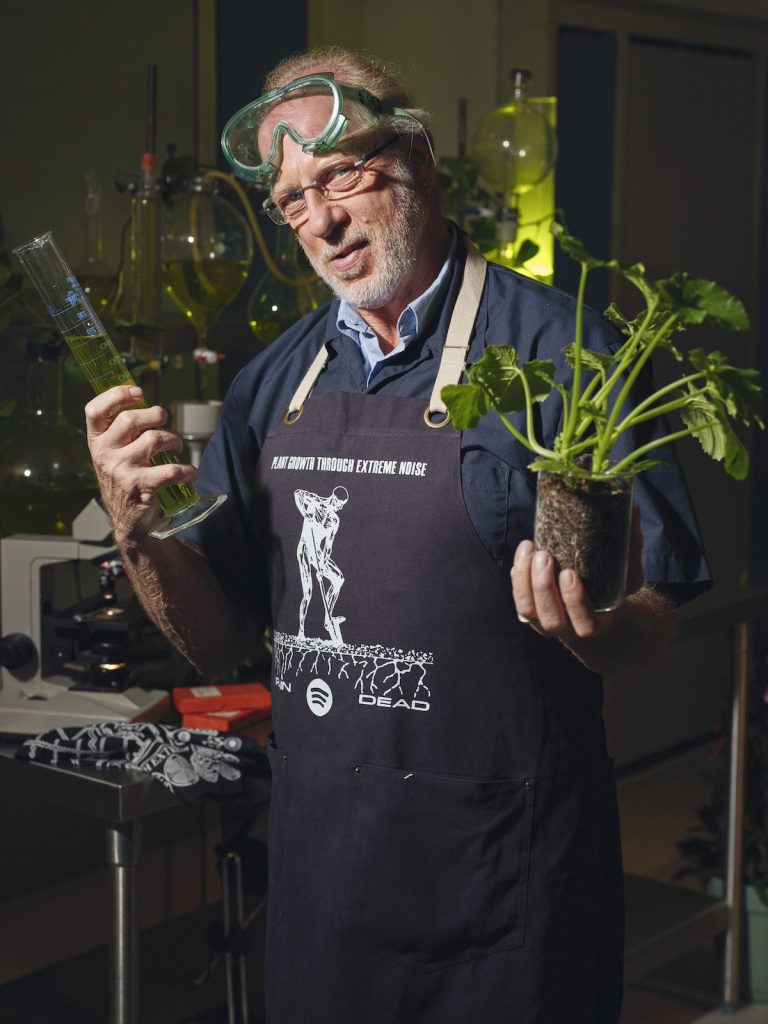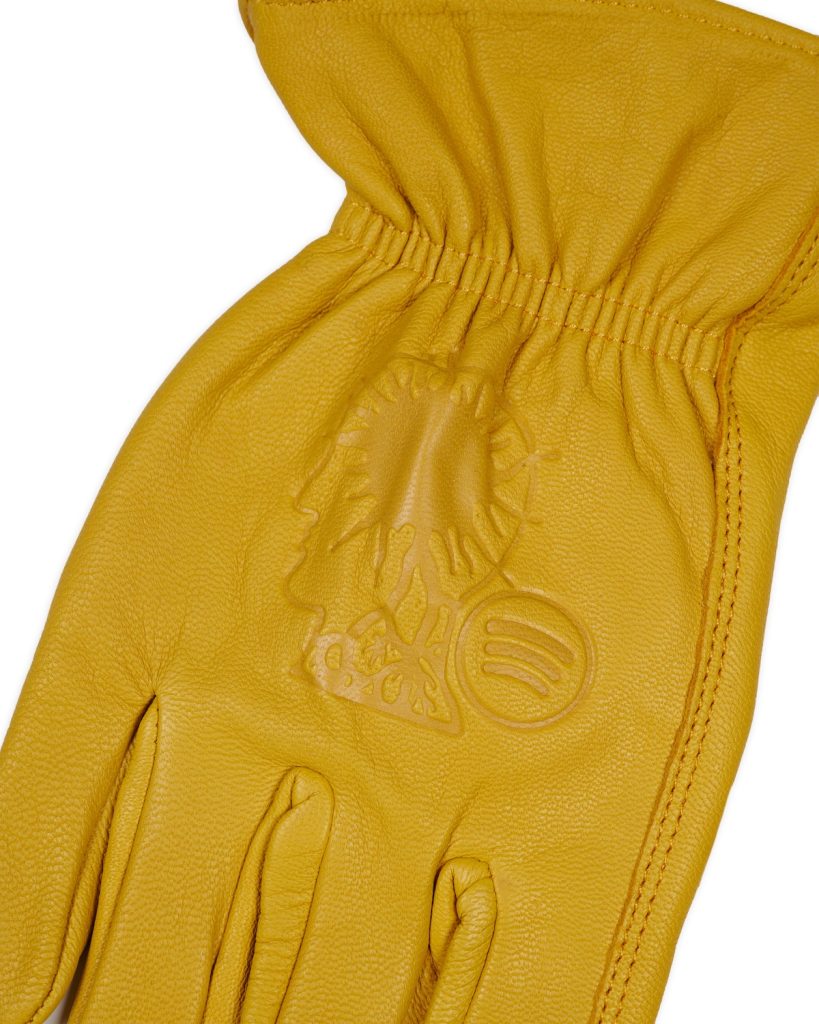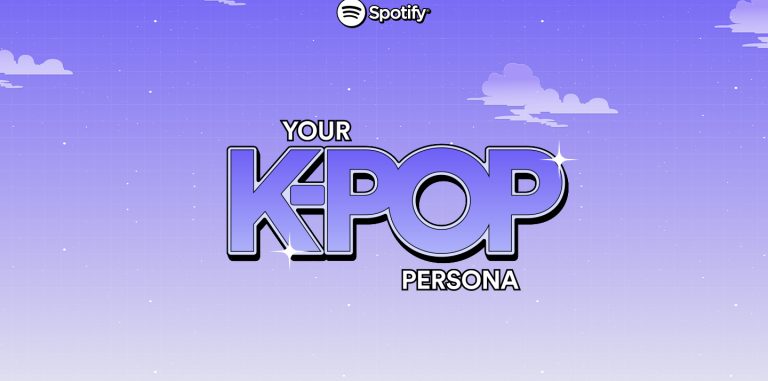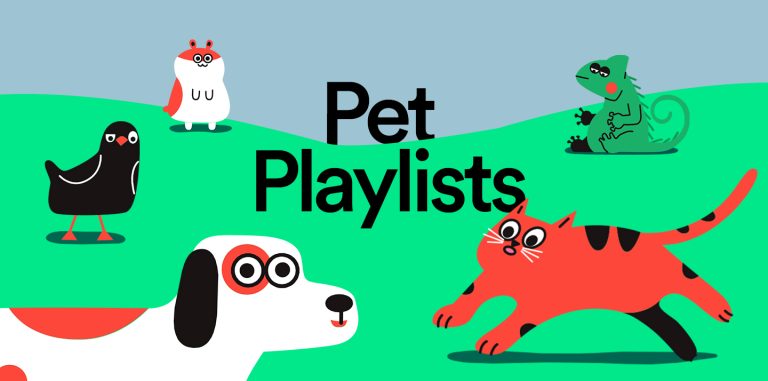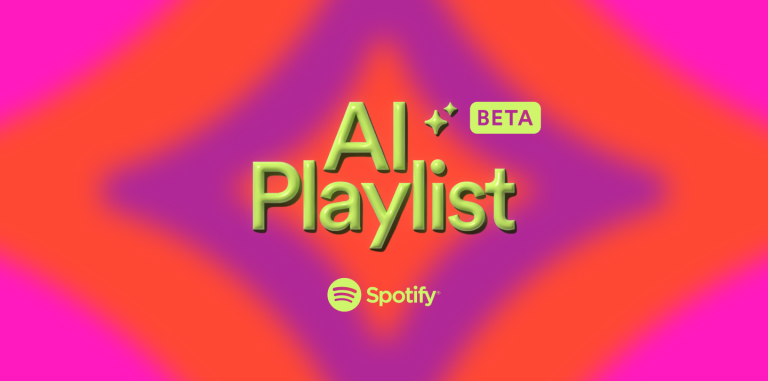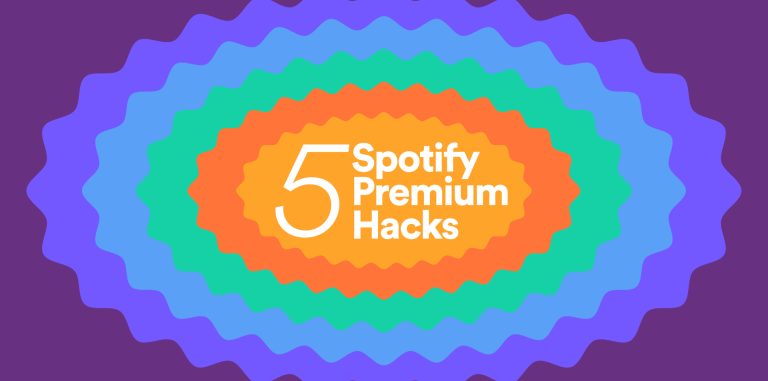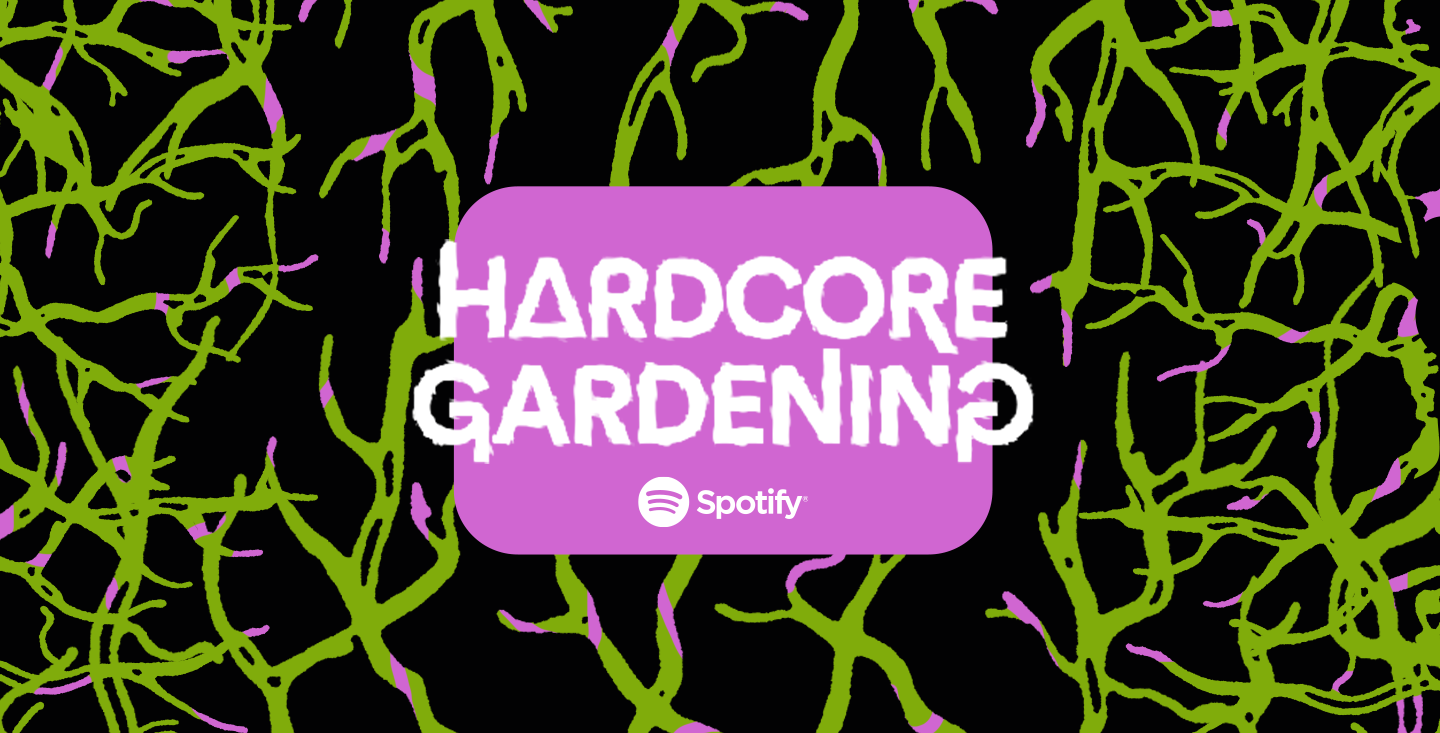
Spotify’s New Hardcore Gardening Playlist and Brain Dead Collab Will Rattle Greenhouses Everywhere
All around the world, millions of Spotify fans love listening to hardcore punk music—and some science shows that plants love it too.
Hold up. What?
Yep, you read that right. Horticulturist, author and lecturer Chris Beardshaw says that research shows hardcore music helps plants grow. Stacked against other sonic selections like classical and pop, plants nurtured by hardcore are stimulated into amplified growth.
“Surprisingly, a increasing body of research shows that the frequency of hardcore music helps plants grow,” Chris told For the Record. “The thumping, repetitive, high-decibel noise of hardcore stimulates and energizes plants cells, almost as if they’re bouncing around in a tiny hardcore mosh pit.”
But hardcore music isn’t just helping plants grow faster. The hardcore music scene is growing in recent years, including on Spotify, with a 50% increase in the creation of “hardcore music” playlists by Gen Z listeners.*
Known for its intensity, attitude, angst, grit, and DIY ethos, hardcore music is a fast-paced, adrenaline-fueled subgenre of punk rock that’s perfect for awakening your senses—and your plants. That’s why Spotify is launching Hardcore Gardening, a playlist full of hardcore music classics and fresh favorites.
Along with our newest playlist, we’re also teaming up with LA streetwear brand Brain Dead to launch Plant Growth Through Extreme Noise—a limited-edition apparel collection embodying the rebellious spirit of hardcore music.
Pulling from the untamed energy and ‘anti-design’ aesthetic of iconic punk music concert flyers, the collection of totes, aprons, gardening gloves, T-shirts, hats, and more, the first-of-its-kind collaboration has everything fans need to step up their gardening games in style. Shop the full collection starting at 10 a.m. PT on May 3 at WEAREBRAINDEAD.com and at all Brain Dead locations.
We wanted to know more about why plants and Gen Z fans alike respond so well to hardcore music, so For the Record spoke with Chris and Spotify Senior Editor of Rock and Alternative Laura Ohls to get the inside scoop.
What is the relationship between music and plants?
Chris: Since way back in the ’60s, there have been hints that plants respond positively to sound. People were just starting to write about the value of plants and talking to plants then, but nobody was taking it seriously at the time. I got interested in the relationship between music and plants really as a consequence of my lecturing at a horticultural college.
Sound is about vibration, and when it comes out of a speaker, that vibration can be transmitted through air and water. Plants are predominantly made of water, and modern science has revealed that plant metabolites are stimulated by vibration, which is good for plant growth.
One of the key metabolites, of course, that stimulates plant growth is chlorophyll, which is the substance that makes plants green and enables ’em to photosynthesize effectively and that sort of thing. We wanted to see if certain musical genres—which can have distinct frequencies—provoked some sort of reaction in the plant as sound vibrations were transmitted from the air into the plant.
What has this research revealed?
Chris: We found that in silence, the plant grew exactly as we’d expected. We also found that with classical music, there was some modest growth. But we found that with rock music, which hardcore fits into, the genre triggered the most noticeable response in the plants, increasing the plants’ biomass in a very straightforward way.
The research also shows that there’s an increase in the amount of starch that the plants seem to be able to produce, which is key for a plant’s ability to store energy, and an increase in hormones, which promote cell division and growth, when they’re bombarded with these frequencies from hardcore—and starch is key to a plant’s ability to store energy.
We thought there would be a difference between the music and the control, but we didn’t expect to be a definite distinction between genres. But with hardcore music, because of the frequencies that it emits at, there were more leaves, bigger leaves, and greater distance between the leaf nodes, leading to greater flowering, greater fruiting, and better resistance to pests and disease. But it’s important not to exceed 120 decibels, because above that, all of the positive effects of the vibrations start to diminish.
Laura: I think anyone hearing about this study would probably be a little surprised when they first hear that frequencies can amplify plant growth. And even then, I would have assumed that gentler sounds, like classical or lo-fi beats, would have been the genres that promoted plant growth the most. But, as a fan of punk and heavy metal, I am absolutely thrilled.
I have many plants around my own house that seem to be doing well, but I assumed it was my own green thumb that was benefiting them. After hearing about this research, I’m starting to think it might be my musical preferences that’s helping them to thrive.
Chris: Curiously, the research shows that classical music is very good if you want to germinate seeds, but if you want bigger plants, if you want bigger leaves, better flowering, stronger stems, better resistance to pest and disease, then the research suggests that hardcore music hits the sweet spot when it comes to frequencies at the right decibel levels.
It’s still new research and we’re learning an awful lot, but it’s certainly becoming more credible amongst the more enlightened in the science world.
Why is hardcore trending with Gen Z right now?
Laura: I think Gen Z is finding solace in heavier music, post-pandemic. I think younger people were feeling frustrated because they were isolated at a very important time in their lives. And I think hardcore sonically allows the listener to actively release any angst or frustration that may have built up. The fast, primal nature of the music itself taps inherently into a listener and allows them for that natural release of aggression.
I think Gen Z is also drawn to hardcore music and culture because the scene is very much rooted in politics and community. Hardcore’s local live scenes are all about emoting together—raging, moshing in a pit—and collectively releasing that angst, but you won’t find a safer community of artists and fans. They all embrace and take care of each other.
And I think maybe this goes back to Chris, what you’re saying, what the frequencies do to plants. I think maybe if we’re listening to classical music, we’re sowing a seed of our love for music early on and that more technical part of it. But as we grow older, we want something that we can feel the vibration of, to help us grow and release.
Chris: One of the things that’s really interesting is that we obviously contain almost as much water as plants. And so if we know that that vibration, if we know that that frequency, if we know that that hardcore beat is creating a reaction and a release of hormones in plants, what’s it doing to people?
When I’m working and I put hardcore music on, I can tell the difference between a piece of work that I’ve designed while listening to hardcore. There’s a sort of raw energy to the creative process. It’s similar to when you go to a hardcore show and just let everything go. You’re not questioning what’s going on, and you’re able to create something which you otherwise wouldn’t have with a rational thinking brain. It sends you off down all sorts of tangents and dark alleys, a lot of which are really super exciting for a creative.
It would be interesting to see if there are endorphins released as a consequence of being bombarded with that kind of frequency of music, which is in some way mimicking what’s happening in the plant world. Now I’ve not come across any research in that sort of field, but that would be really interesting to see what effect do we have as a consequence of listening to that sort of music.
What excites you the most about the current state of hardcore?
Laura: I am excited to see that the profile of the genre and scene is growing and connecting once again. Bands like Turnstile are bringing mainstream attention to hardcore and have allowed a new crop of artists, including Scowl—who are one of our new noise Artists to Watch this year—DRAIN, GEL, Zulu, Buggin, to start building really, really highly engaged fan bases and notoriety in hardcore scene across the U.S., specifically the Bay Area, LA, New Jersey, and D.C. These are the areas where hardcore had their early roots in the ’80s, and we’re seeing those scenes start to really thrive again.
Another exciting thing about hardcore as it connects once again to youth culture and to Gen Z, is that we’re seeing the scene really diversify. We’re seeing bands that are fronted by people of color, women, and non-binary artists. They’re being elevated and celebrated not only within hardcore, but amongst the music culture at large. Ultimately, I think the mix of perspectives being brought into the fold is another big reason why Gen Z is connecting to it.
Chris, one last question: What has it been like to work on the Hardcore Gardening campaign?
Chris: My experience has been one of amazement. It’s great that a company like Spotify is interested in the humble world of gardening. Gardening is not inherently a cool activity in most areas of life. To be able to say, “Actually, do you know what? There’s some pretty cool stuff going on with plants and music” and reach a broader audience is fantastic. And that’s great because anything that turns people on to an understanding of horticulture and an understanding of plant material and our inherent reliance on plants. Because without plants, we wouldn’t be here.
Ready to give your plants a sonic boost? Stream our new playlist Hardcore Gardening below.
*Based on volume of playlists created in from January – March 2023, as compared to 2024




